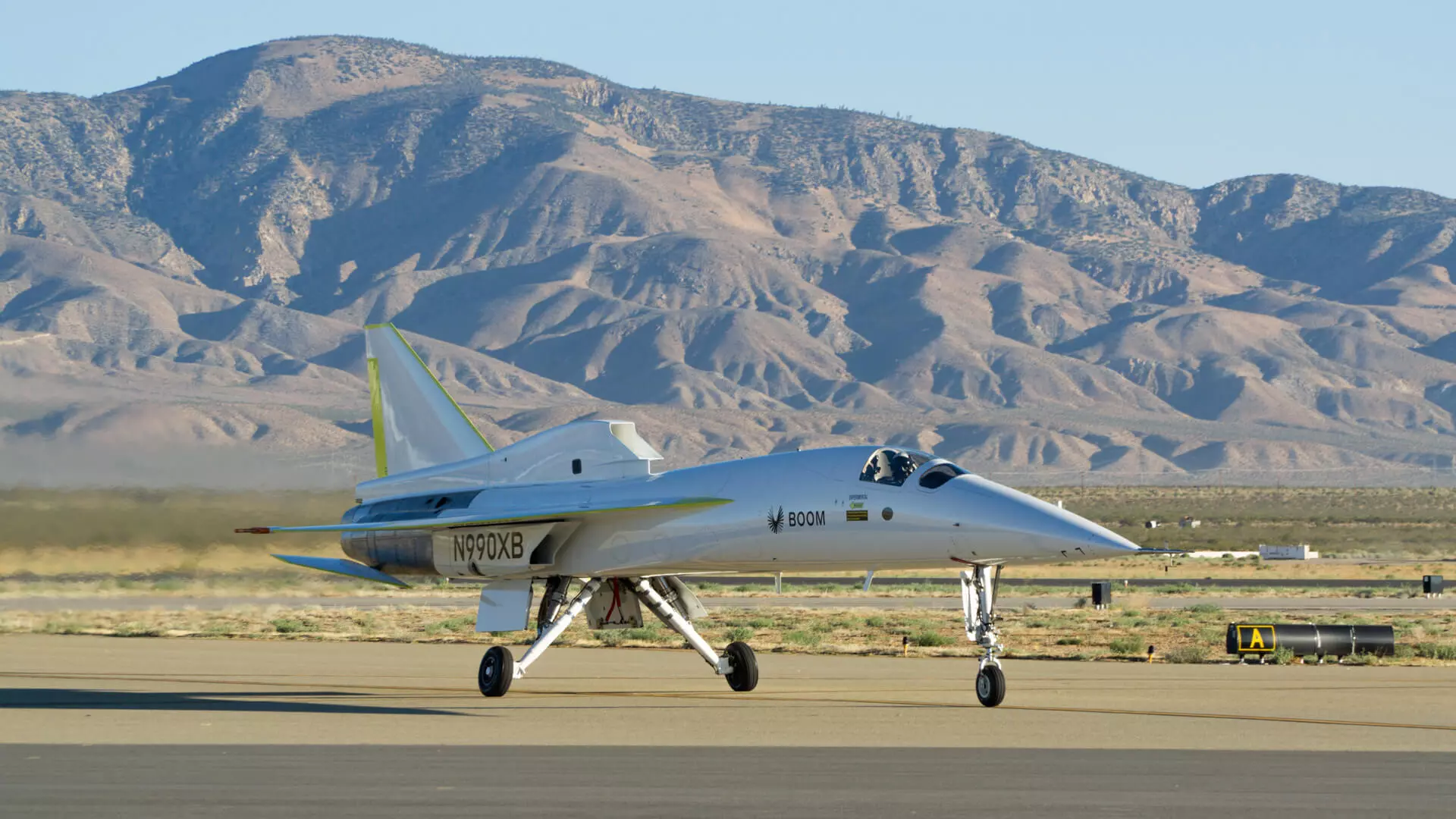After a 20-year hiatus, the return of commercial supersonic flight is another step closer after Boom Supersonic announced that its prototype faster-than-sound jet has undergone ground tests and won an experimental airworthiness certificate from the US FAA.
There are a number of different projects to reintroduce commercial supersonic flight, which ended with the retirement of Concorde in 2003. These are at various stages of development, or non-development, as engineering advances wait on available funds, but one of the biggest hurdles is developing the hull and wing designs that can turn the infamous sonic boom into a sonic thump no louder than the slam of a car door.
At the Mojave Air & Space Port in Mojave in California, Boom has been conducting ground tests of its one-third scale XB-1 prototype supersonic jet as part of its project to develop its Overture supersonic airliner. The latest round has included taxi tests in the run up to its maiden flight.
In addition to the tests, the FAA has granted the XB-1 an experimental airworthiness certificate that will allow the test aircraft to make its first flight with Chief Test Pilot Bill "Doc" Shoemaker and Test Pilot Tristan "Gepetto" Brandenburg at the controls. Along with simulator work, the pilots are practicing with a T-38 trainer that will also act as a chase plane during the flight tests.

Boasting a carbon composite and titanium fuselage and modified delta wing with a span of 17 ft (5.2 m), the XB-1 is powered by three General Electric J85 engines burning Sustainable Aviation Fuel (SAF) for a combined thrust of 12,300 lb, allowing it to fly at Mach 1.7.
"It’s fitting that XB-1 is now progressing toward first flight at the Mojave Air & Space Port, home to more than 50 first flights and other significant aviation events," said Bill “Doc” Shoemaker, Chief Test Pilot for Boom Supersonic. "I’m looking forward to flying XB-1 here, building on the achievements of other talented engineers and pilots who inspire us every day to make supersonic travel mainstream."
The video below shows the XB-1 on its first taxi test.
Source: Boom









